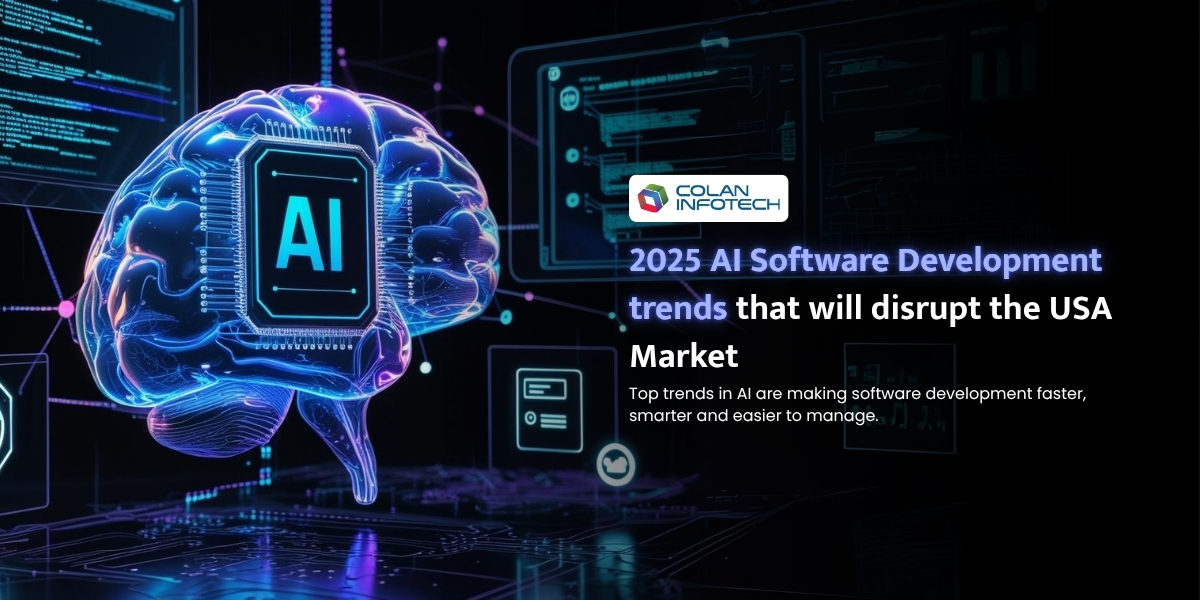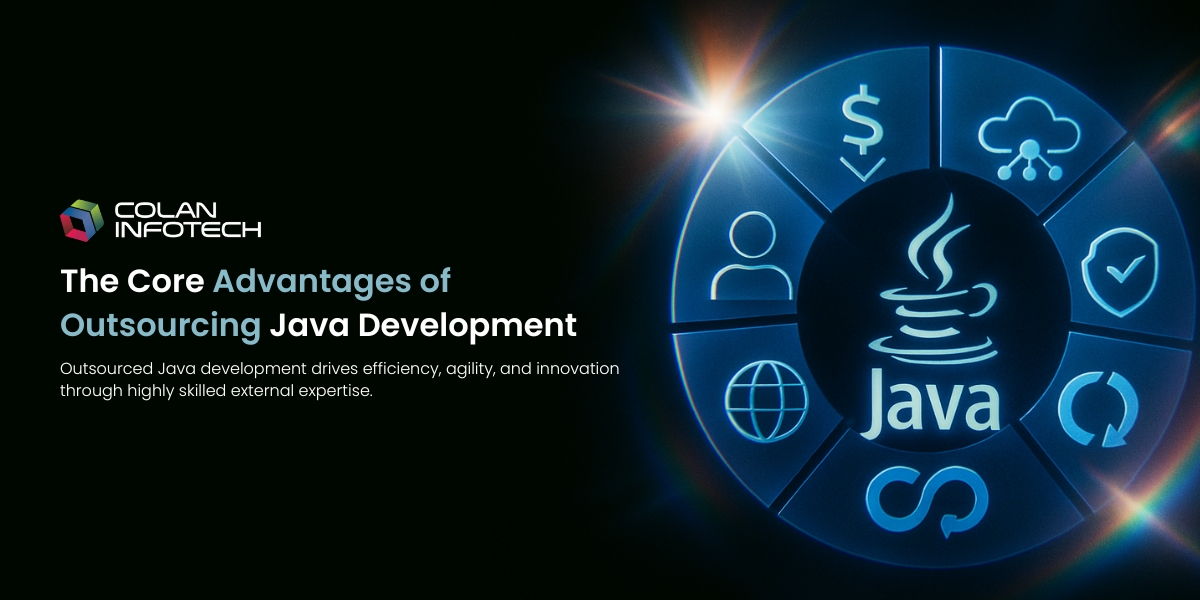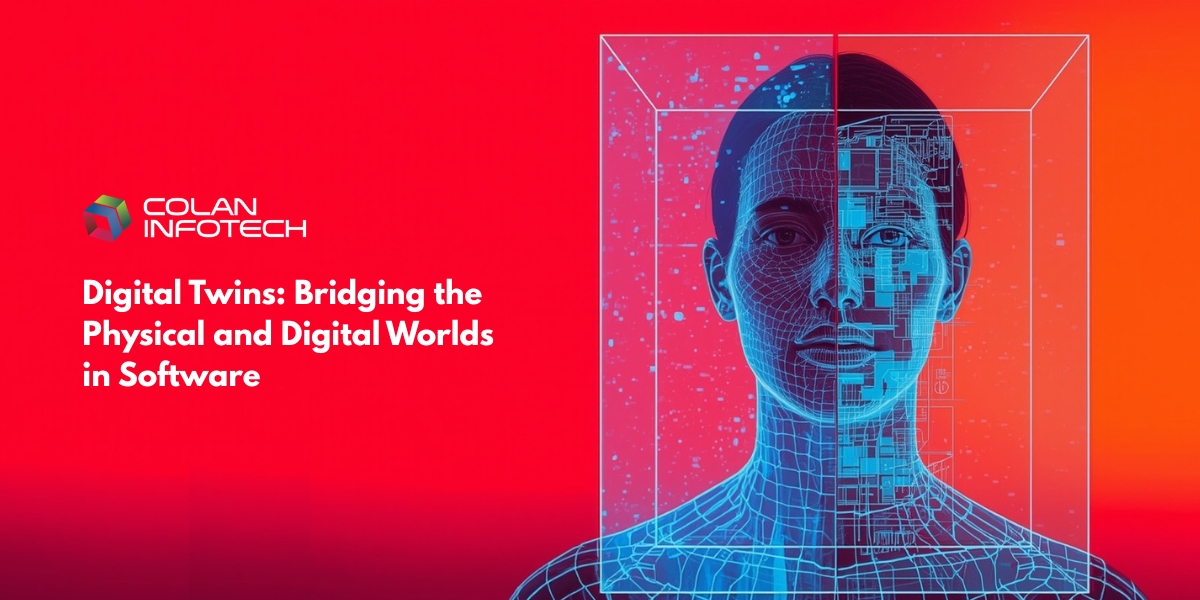2025 AI Software Development Trends That Will Disrupt the USA Market

4 min read | By Admin | 27 June 2025 |
In 2025, the AI market in the US is worth $73.98 billion. It’s expected to grow at a rate of 26.95% between 2031.
Source: Explodingtopics
AI is changing the way software is built in 2025. In the USA, top trends in AI are making software development faster, smarter and easier to manage. From tools that can write code on their own to platforms that do not need coding at all, these changes are creating big shifts in the tech world. This blog will go through the top AI software development trends that are set to make an impact on AI on software quality and delivery speed in the USA market.

Key AI Software Development Trends That Will Redefine 2025
The future of AI in software engineering USA market. In 2025 AI trends are making the process briskly, smarter and effective. From AI- powered coding to smarter robotization, these changes are set to review how software is erected and used. inventors are now counting on intelligent tools that reduce homemade trouble, ameliorate law quality and speed up delivery.
Emotion-Aware AI in Software Interfaces
Emotion- apprehensive AI refers to the integration of affective computing into AI in software engineering interfaces, enabling systems to respond to users’ emotional countries using voice, facial expression or behavioral patterns.
In 2025, this technology is being bedded into development tools and AI- driven operations to produce further mortal- centric gests . For inventors, it means working in IDEs that detect frustration or confusion and acclimate relations consequently. For end- druggies, it allows operations to knitter content and responses grounded on engagement position.
This trend is set to disrupt sectors like healthcare, edtech and enterprise SaaS, where emotionally responsive software can significantly boost satisfaction, personalization and trust in AI.
AI is changing how people write code. In the US, 92% of developers use AI tools, and some startups use AI to write 95% of their code.
Source: Designrush
Unified ModelOps Across Cloud & Edge
Unified ModelOps is the practice of managing the end-to-end lifecycle of AI models across both cloud and edge environments through a single, integrated framework.
Instead of handling separate workflows for centralized and decentralized infrastructure, AI innovation 2025 is embracing platforms that enable training, deployment, version control and monitoring of models in one unified process.
This reduces deployment complexity and makes it easier to scale AI models across smart devices, autonomous systems and cloud platforms especially valuable in logistics, smart cities and real-time analytics use cases.
Cross-Platform AI Model Deployment
Cross-platform AI model deployment techniques refers to the ability to train a machine learning model once and deploy it across multiple platforms such as mobile, web, IoT devices and edge servers without major code changes.
In 2025, AI frameworks and containerized environments are making it easier for developers to create portable, scalable models that function consistently across devices and systems. This is transforming how AI software is built for applications like voice assistants, chatbots, real-time surveillance and personalized services.
It accelerates time-to-market, reduces duplication of effort and ensures unified performance all critical for AI product teams and tech startups targeting diverse platforms.
Autonomous Code Refactoring Engine
Autonomous code refactoring involves artificial intelligence trends 2025 that analyze, restructure and optimize existing codebases without manual intervention. These engines use static code analysis, pattern recognition and best practices to clean up legacy code and improve performance, readability and scalability.
In 2025, these tools are becoming increasingly sophisticated, capable of updating outdated architectures, reducing code smells and aligning legacy systems with modern standards.
This is a major breakthrough for AI software development, especially in industries burdened by technical debt such as banking, insurance, and government. It minimizes human error, speeds up modernization and extends the life of mission-critical systems.
Generative AI for Synthetic Software Testing
Generative AI for synthetic testing refers to the use of machine learning models especially large language models (LLMs) and GANsto automatically create test cases, data and user scenarios for software applications.
Instead of writing manual test scripts, developers can now generate vast volumes of synthetic data that simulate edge cases, rare events or user behavior across multiple personas.
In 2025, this approach is becoming essential for validating AI-driven software in highly regulated or high-risk domains like finance, autonomous vehicles and healthcare. It enhances test coverage, reduces QA time and enables faster deployment of AI systems.
Neuro-Symbolic AI for Code Understanding
Neuro-symbolic AI combines deep learning with symbolic reasoning to understand and manipulate structured information such as code.
In 2025, neuro-symbolic systems are transforming how code is interpreted, explained and optimized by AI tools. These systems can understand intent, trace logic trees and explain how and why code behaves the way it does.
This trend is revolutionizing code audits, automated documentation, bug detection, and explainable AI development trends. For industries requiring transparency and security such as legaltech, fintech and defense this approach ensures trust and reliability in AI-driven development workflows.

Conclusion
AI is changing the way software is developed in 2025. With tools that understand, write better code, test software automatically and work across different platforms, building smart applications has become faster and easier. These trends are helping developers and companies in the USA create better software. As these technologies continue to grow, staying updated with the latest AI powered software solutions to build applications.
Most-Asked Questions
AI innovation empowers tech startups to automate coding, enhance decision-making and reduce development costs.
AI improves software quality by identifying bugs early, auto-generating test cases and speeding up delivery through intelligent code suggestions and CI/CD optimization.
Healthcare, finance, e-commerce and logistics benefit the most, leveraging AI for automation, personalization, data-driven insights and rapid digital transformation.
AI is transforming coding by offering real-time code generation, predictive debugging and context-aware development environments that reduce manual effort.
Top tools include GitHub Copilot, ChatGPT, Tabnine, Amazon CodeWhisperer and Sourcegraph Cody each accelerating development through suggestions and automation.
The latest from our editors
Join over 150,000+ subscribers who get our best digital insights, strategies and tips delivered straight to their inbox.


